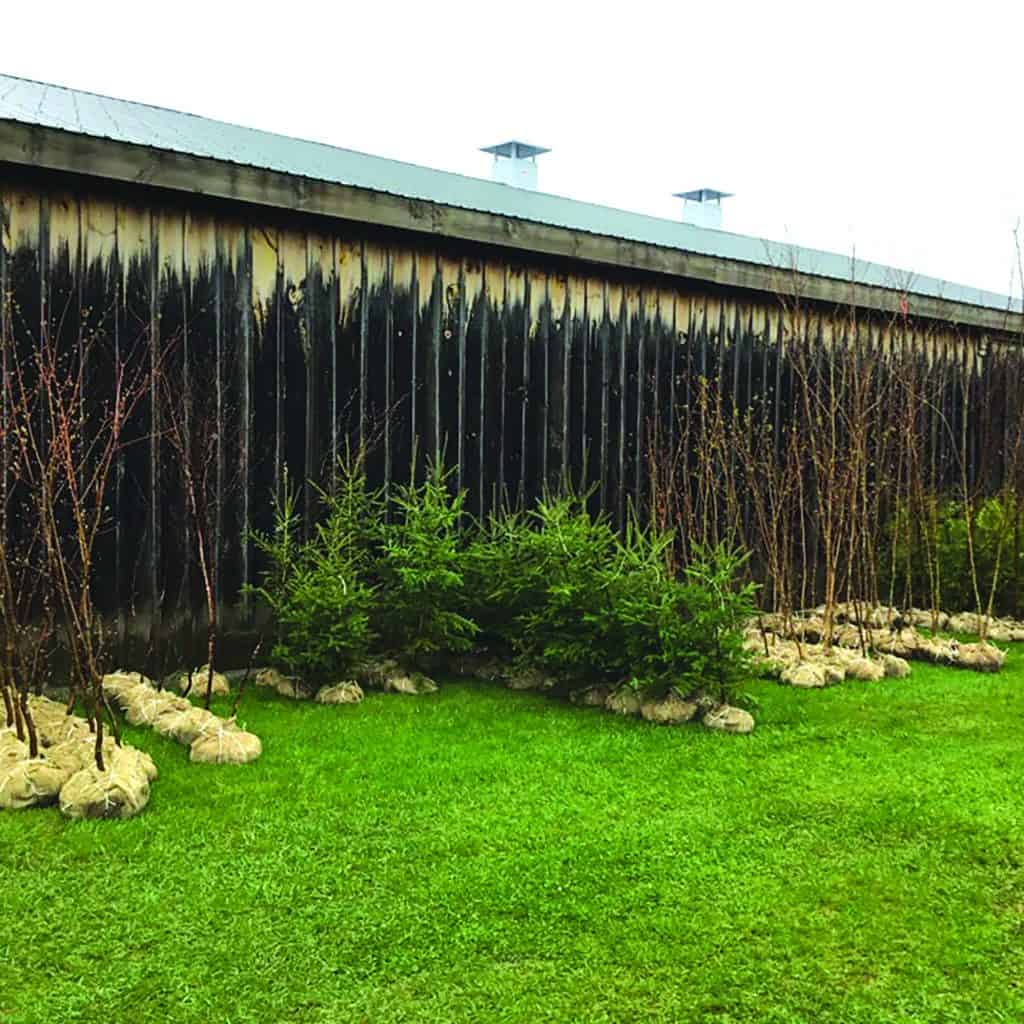
Over the past two years, Vermont’s Natural Resources Conservation Districts (NRCDs) installed 14 acres of high-priority forested buffers along approximately 11,000 linear feet of streams and other surface waters through a Vermont Dept. of Environmental Conservation (DEC) grant to improve water quality across the state.
According to the department, the ecological and economic benefits of planting trees are many: they enhance wildlife habitat, stabilize the climate, reduce energy needed to cool and heat homes, and protect the quality of our surface waters by capturing, filtering, and retaining water.
Since 1999, Trees for Streams, an NRCD-led program, has provided technical and financial assistance to restore and stabilize habitat along streams, rivers, wetlands, and other surface waters that preserve the ecological integrity of Vermont’s landscapes, whether forested, urban, or working.
Vermont DEC awarded a $82,424 grant to the state Natural Resources Conservation Council (NRCC) to develop and implement forested buffer plantings throughout the state between 2019 and 2020. The award was distributed to Vermont’s NRCDs and facilitated coordination with local landowners, watershed planners, and towns. The funds were used to identify, develop, and implement buffer plantings, work that serves the dual purpose of meeting state water quality objectives and supporting the mission of the NRCDs to protect and restore Vermont’s natural resources.
Additionally, 20 buffer plantings projects have been developed for future implementation as part of this funding. This work was achieved through the collaborative effort of Vermont DEC, Vermont Association of Conservation Districts (VACD), U.S. Fish & Wildlife Service, Partners for Fish & Wildlife, PUR Project, Watersheds United Vermont, Vermont Youth Conservation Corp, and many towns, communities, and volunteers across the state.
Forested buffers alongside surface waters intercept and reduce sediment, nutrients, and other chemicals present in overland runoff. The woody roots bind soils in place, reducing sediment input to surface waters. Without this protection, banks become unstable, erode, and are a greater source of non-point source pollution. Reforesting streamside buffer zones not only reduces erosion but leads to greater floodplain connectivity and habitat restoration efforts.
The plantings focus on using locally sourced, native species selected based on soil type, existing vegetation, state and partner input, and longevity. While the year-round seasonal moisture of planting locations allows for quick establishment, the strategic selection of native species ensures long-term success and resiliency. In addition, landowners agree to maintain plantings for 10 years.
The suite of co-benefits created through the Trees for Streams program is a hallmark of the mission of conservation districts, which are dedicated to the protection of Vermont’s treasured landscapes.
Individuals interested in learning more or working with their local conservation district on tree plantings in the future, can find contact information for their local district at: vacd.org/conservation-district.




